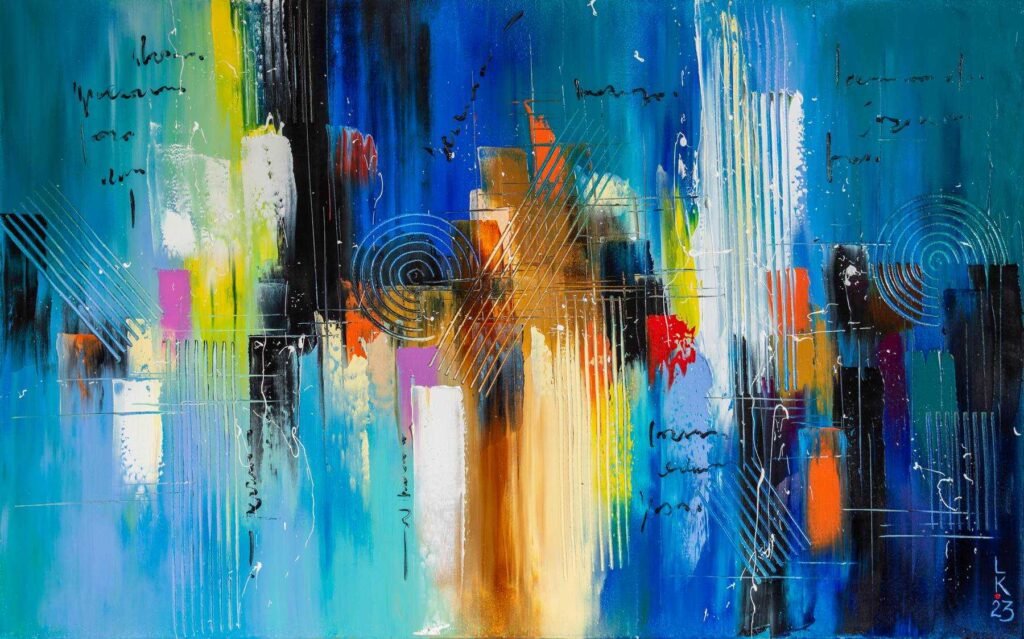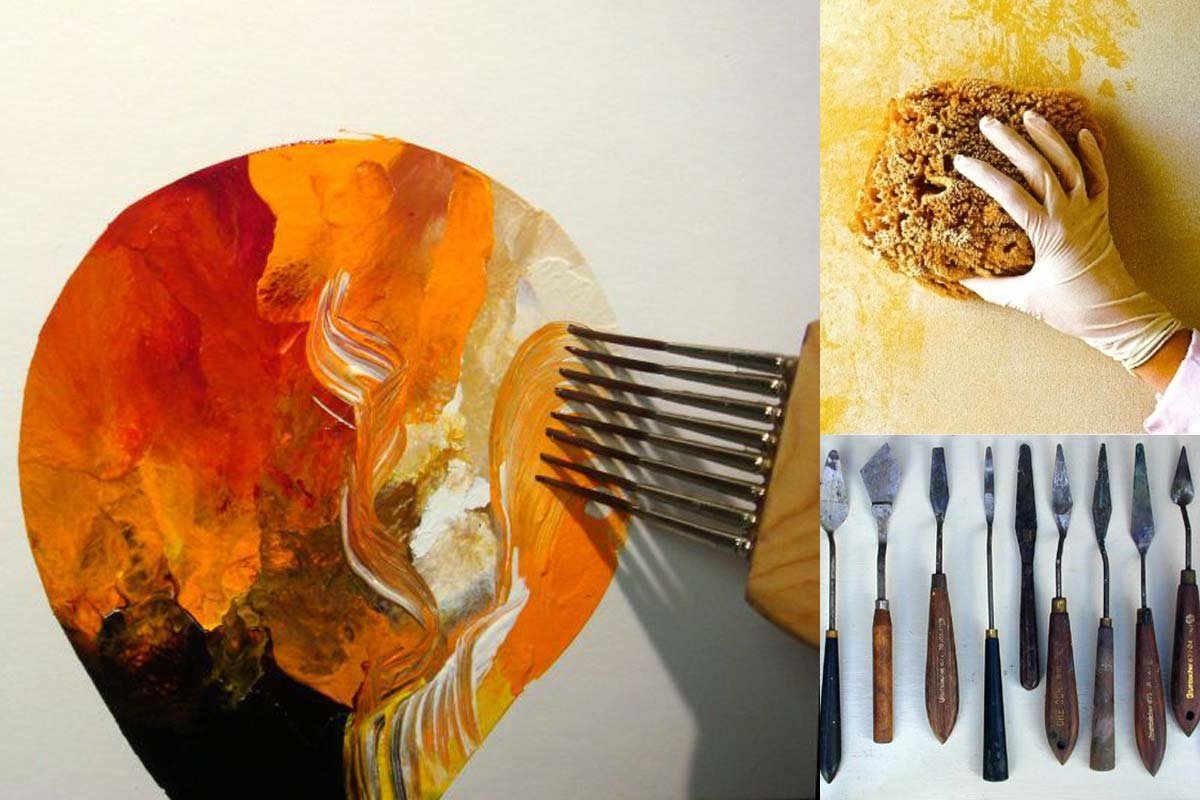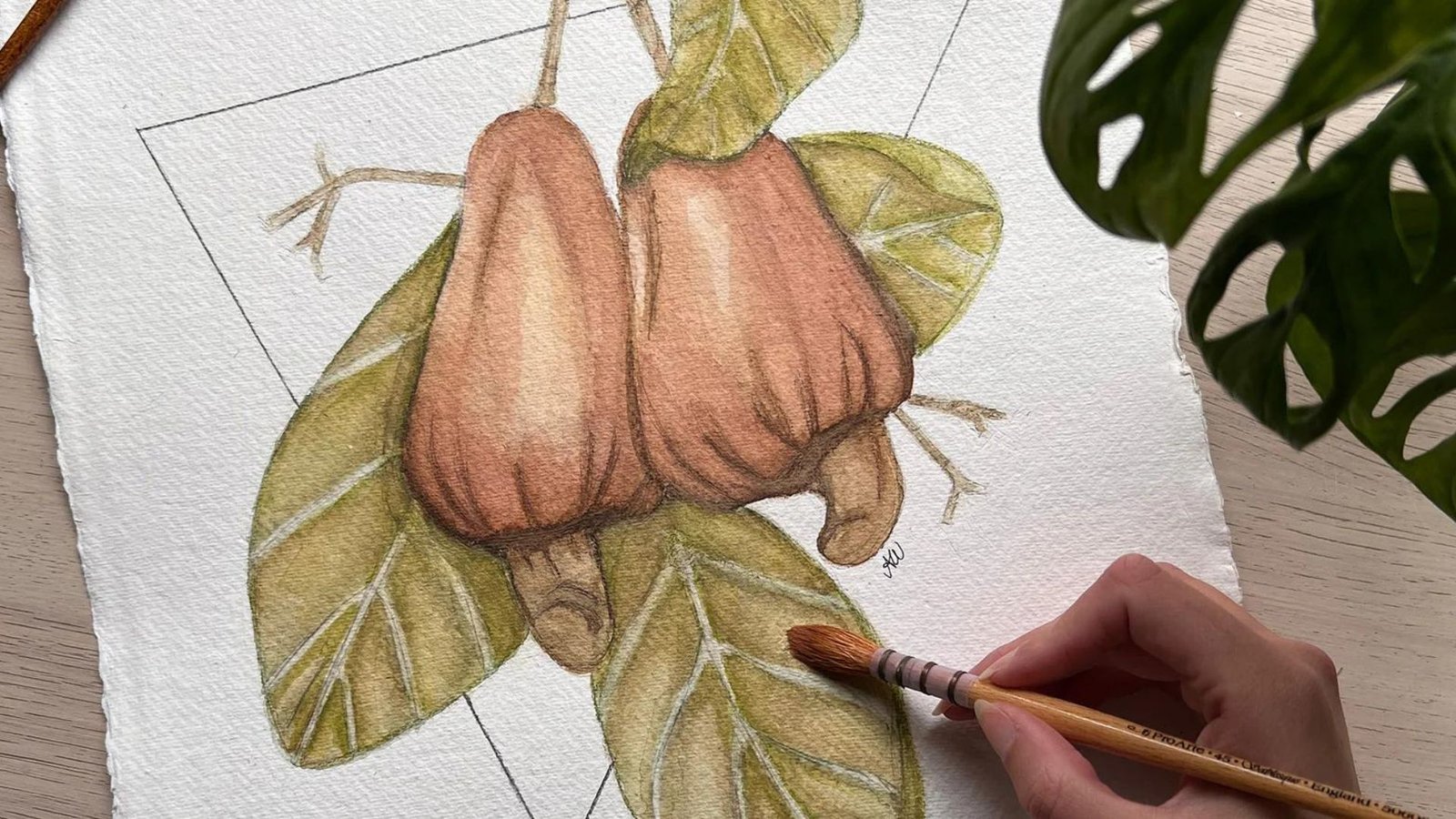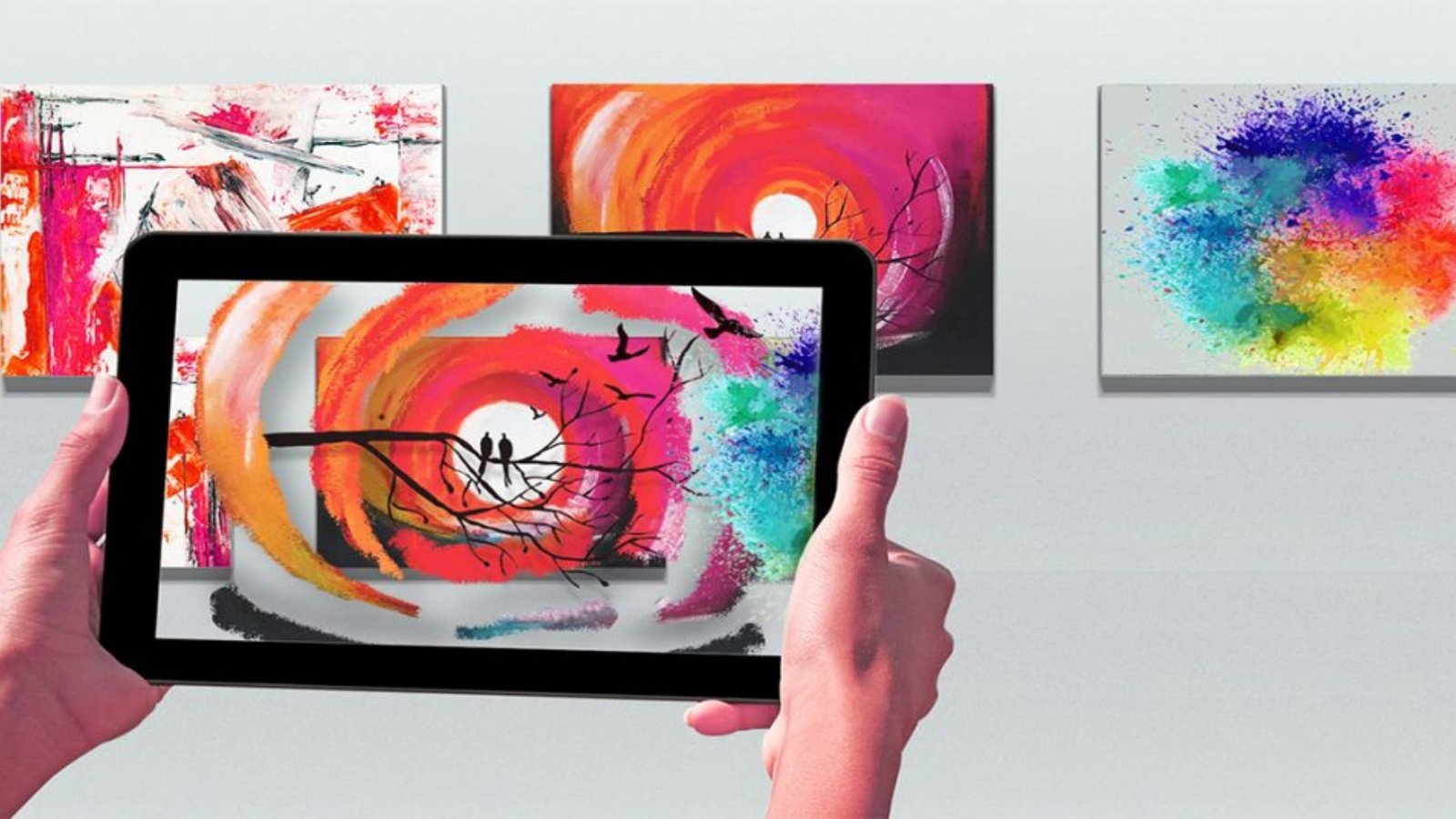To excel as a visual artist, it’s important to master a variety of techniques that can enhance your creative expression and overall skill set. The top visual artist techniques encompass a range of methods, from traditional painting techniques to modern digital tools. Starting with a solid foundation in these techniques allows you to experiment and develop your unique style. For instance, understanding color theory, composition, and brushwork can greatly impact the quality and impact of your artwork. By mastering these basics, you pave the way for more advanced exploration and innovation.

Mastering Brushwork and Texture
One of the top visual artist techniques involves mastering brushwork and texture. Whether you are working with acrylics, oils, or digital tools, the way you apply paint or manipulate digital brushes can significantly affect the outcome of your work. Experimenting with different brush strokes and textures allows you to add depth, movement, and character to your pieces. For example, using a palette knife to create thick, textured strokes can add a sense of dimension, while delicate, fine brushwork can capture intricate details. By practicing and refining your brushwork, you can enhance the visual interest and impact of your artwork.
Exploring Color Theory and Palette Choices
Color theory is another crucial aspect of the top visual artist techniques. Understanding how colors interact, complement each other, and evoke emotions can elevate the quality of your work. Start by familiarizing yourself with color wheels, complementary colors, and color harmonies. Experiment with various color palettes to see how different combinations affect the mood and dynamics of your artwork. For example, a monochromatic palette can create a cohesive and harmonious look, while contrasting colors can draw attention to focal points. Mastering color theory allows you to make informed choices and create visually compelling art.
Incorporating Effective Composition Techniques
Effective composition is essential for creating visually engaging art. Among the top visual artist techniques, composition involves arranging elements within your artwork to create balance, focus, and flow. Key compositional principles include the rule of thirds, leading lines, and framing. For instance, placing focal points along the intersecting lines of the rule of thirds can create a more dynamic and balanced composition. Additionally, using leading lines to guide the viewer’s eye through the artwork can enhance the narrative and visual interest. By applying these compositional techniques, you can create artwork that is both aesthetically pleasing and impactful.
Utilizing Digital Tools and Techniques
In today’s art world, digital tools and techniques are becoming increasingly important. Embracing digital software such as Adobe Photoshop, Illustrator, or Procreate can expand your creative possibilities. Digital tools offer unique features such as layering, blending modes, and custom brushes, allowing you to experiment and refine your work with precision. For example, layering techniques enable you to build up complex textures and details without committing to permanent changes. Additionally, digital tools facilitate easy adjustments and revisions, which can streamline your creative process. By incorporating digital techniques, you can enhance your artistic versatility and efficiency.
Experimenting with Mixed Media
Mixed media is a technique that involves combining various materials and methods to create unique and textured artwork. This approach can add depth and dimension to your work, making it stand out. Top visual artist techniques in mixed media might include combining paint with collage elements, incorporating fabric or metal, or using unconventional tools for application. Experimenting with mixed media allows you to break free from traditional methods and explore innovative ways to express your creativity. For instance, combining acrylic paint with ink or textured paper can create visually intriguing contrasts and effects. By embracing mixed media, you can expand your artistic horizons and discover new possibilities.
Continuously Seeking Inspiration and Learning
Finally, continuously seeking inspiration and learning is crucial to mastering the top visual artist techniques. Engaging with other artists, attending workshops, and exploring different art forms can provide fresh perspectives and ideas. By staying curious and open to new experiences, you keep your creative energy flowing and your skills sharp. Whether through visiting galleries, reading art books, or participating in online art communities, ongoing learning helps you stay current with trends and techniques. Ultimately, a commitment to continuous improvement and exploration is key to refining your craft and achieving artistic excellence.
Conclusion
Mastering the top visual artist techniques involves a combination of traditional skills and modern approaches. By understanding the basics, mastering brushwork, exploring color theory, and incorporating effective composition, you set a strong foundation for your artistic practice. Embracing digital tools, experimenting with mixed media, and staying inspired further enhance your creative capabilities. Through dedicated practice and a willingness to learn, you can elevate your artistry and create impactful, visually compelling work.




